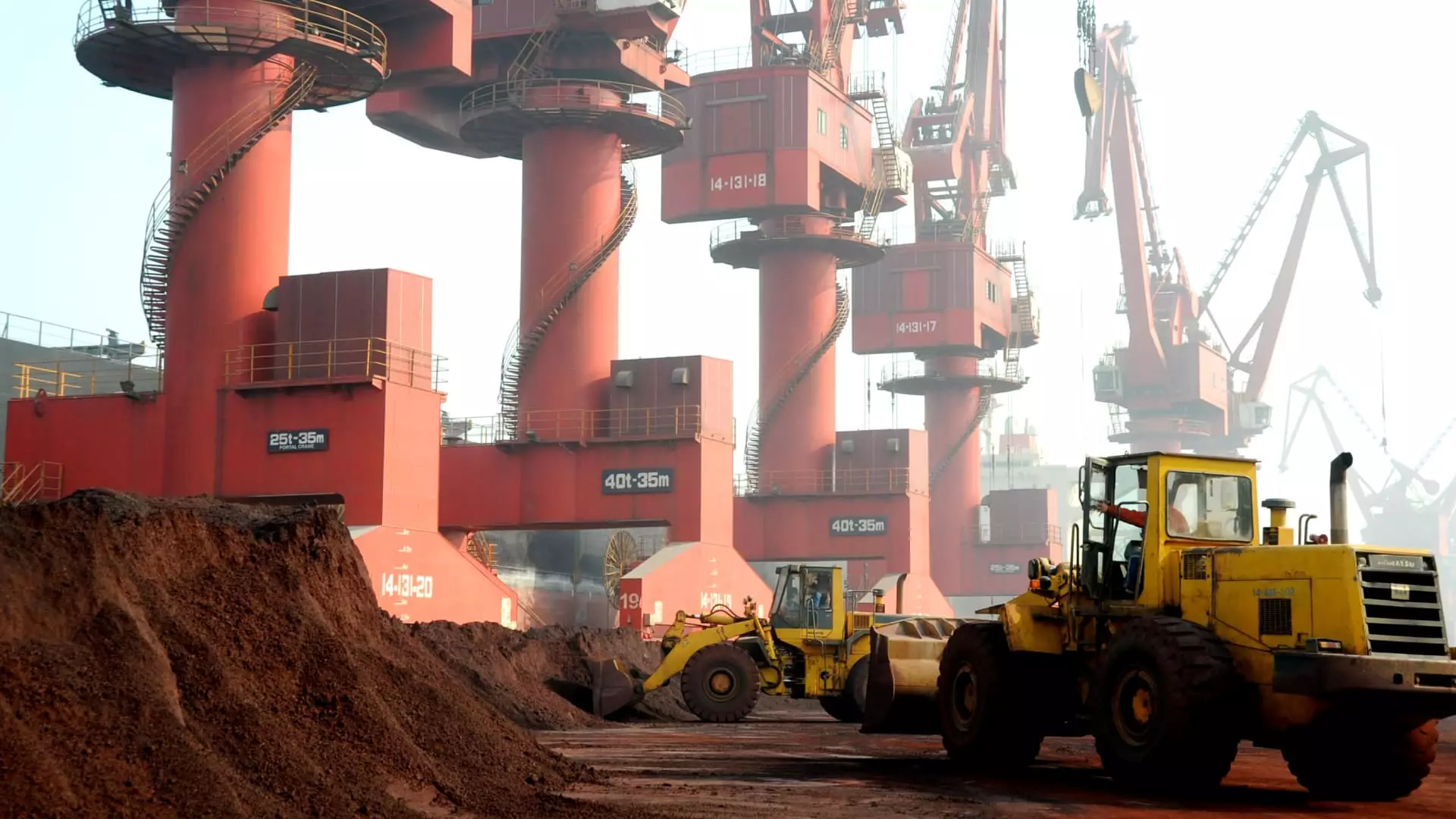As international tensions rise, particularly between the United States and China, the dynamics of global tungsten supply are undergoing significant changes. China, a dominant player in tungsten production historically, is now moving towards restricting exports of this critical metal—a maneuver that is both strategic and indicative of the shifting landscape in the supply chain. Given the critical applications of tungsten, ranging from military weaponry to semiconductor manufacturing, the implications of China’s new export limitations extend beyond mere economic interests; they touch on geopolitical strategies and resource security.
The Historical Context of Tungsten Supply
For decades, China has effectively controlled the tungsten market, flooding global markets with its inexpensive supplies. Since the early 2000s, Chinese producers have been able to outcompete many foreign players, capturing as much as 80% of the global tungsten supply chain, according to industry analysts. This period of dominance has been characterized by a willingness to undercut prices, thereby driving competitors out of the market. As a result, the global dependency on Chinese tungsten reached unprecedented levels, effectively consolidating Beijing’s grip on this strategic resource.
However, the geopolitical landscape has changed dramatically in recent years, particularly in the context of U.S.-China relations. With rising tensions impacting trade, security, and diplomatic relations, the demand for alternatives to Chinese tungsten has surged. The recent decision by the Chinese government to implement export restrictions is not just a response to these changing dynamics; it is also a calculated move that reflects a more protective and nationalistic approach to resource management.
Starting December 1, new rules will require exporters of a specified range of tungsten and other minerals, classified as “dual-use” products, to obtain licenses from China’s Ministry of Commerce. This notable shift is a response to both internal policies aimed at resource conservation and international pressures that have sparked a heightened interest in non-Chinese sources of tungsten. This change in regulation comes at a time when U.S. Defense Department directives will prohibit contractors from sourcing tungsten mined in China, beginning January 1, 2027. This ban further underscores the urgency for alternative sourcing strategies as countries like the United States seek to lessen their dependencies on Chinese imports.
As industry experts have pointed out, however, the timing of China’s restrictions may prove counterproductive. Christopher Ecclestone, an analyst with Hallgarten & Company, suggests that while China’s efforts may protect its market, the global appetite for tungsten is so significant that any limitations on supply will inevitably create opportunities for other nations to fill the void. The transitional period may be ripe for potential profitability in tungsten mining outside of China, leading to a spike in alternative production as prices adjusted to the new realities.
Emerging Alternatives and Market Dynamics
The U.S. has not actively mined tungsten since 2015, but recent developments indicate that this is changing. A number of initiatives are underway to stimulate domestic production. For instance, Canadian firm Almonty Industries is making strides to revive operations at the Sangdong mine in South Korea, a site long-abandoned since 1994. Their ambitious plans, aiming for a substantial increase in output by 2025, signal renewed interest and investment in non-Chinese tungsten sources.
This evolving landscape is not just confined to South Korea. Countries like Canada, Australia, Kazakhstan, and Spain are also ramping up efforts to establish tungsten production capabilities. U.S. initiatives will likely follow suit, fueled by changes to tariffs and growing domestic demand for the metal. The recent U.S. tariffs on tungsten imports from China underscore a broader strategy to protect and promote local manufacturing and decrease reliance on foreign sources.
As the global demand for tungsten continues to grow, driven by emerging technologies and increasing military applications, the market is poised for significant transformation. Price forecasts suggest that while short-term constraints may elevate prices, long-term adjustments could stabilize once new supply sources come online.
With an estimated 100 significant tungsten sites identified across 12 U.S. states, including Alaska and North Carolina, the potential for domestic production is substantial. Companies like Demesne Resources are positioning themselves to exploit these opportunities, indicating a renewed interest in exploring and developing local tungsten resources.
The effectiveness of these strategies will ultimately depend on fostering international partnerships—referred to as “friendshoring”—to ensure stable and reliable supply chains. Countries are now recognizing the need to build resilient industries by collaborating on critical mineral production, thus reducing over-reliance on any single market, particularly China.
China’s decision to limit tungsten exports signals a pivotal moment in the global supply chain dynamics. As nations scramble for resources amidst geopolitical tensions, the drive to secure alternative sources is accelerating. The coming years will likely see a restructured tungsten landscape—one that emphasizes sustainability, security, and strategic collaboration.

